Sitadus 25 | Tablet | 10 pcs
৳ 80.30
Brand Name: Sitadus Tablet
Generic: Sertraline
25 mg
Manufacturer: General Pharmaceuticals Ltd.
Unit Price: ৳ 8.03 (30’s pack: ৳ 241.00)
Indications
Monotherapy: Sitagliptin is indicated as an adjunct to diet and exercise to improve glycemic control in patients with type ll diabetes mellitus.
Combination with Metformin: Sitagliptin is indicated in patients with type 2 diabetes mellitus to improve glycemic control in combination with Metformin as initial therapy or when the single agent alone, with diet and exercise, does not provide adequate glycemic control.
Combination with a Sulfonylurea: Sitagliptin is indicated in patients with type ll diabetes mellitus to improve glycemic control in combination with a sulfonylurea when treatment with the single agent alone, with diet and exercise, does not provide adequate glycemic control.
Combination with a Thiazolidinediones: Sitagliptin is indicated in patients with type ll diabetes mellitus to improve glycemic control in combination with a thiazolidinedi- one when treatment with the single agent alone, with diet and exercise, does not provide adequate glycemic control.
Combination with Metformin and a Sulfonylurea: Sitagliptin is indicated in patients with type ll diabetes mellitus to improve glycemic control in combination with Metformin and a sulfonylurea when dual therapy with these agents, with diet and exercise, does not provide adequate glycemic control.
Therapeutic Class
Pharmacology
Dosage & Administration
The recommended dose of Sitagliptin is 100 mg once daily as monotherapy or as combination therapy with Metformin, a sulfonylurea, a thiazolidinedione, or Metformin plus a sulfonylurea. Sitagliptin can be taken with or without food.
Elderly: No dosage adjustment is required based solely on age. The drug is excreted by the kidney. As elderly patients are more likely to have decreased renal function, caution should be taken in dose selection in the elderly.
Pediatric use: There is no data on use of Sitagliptin in patients younger than 18 years of age and therefore not recommended.
Interaction
Contraindications
Side Effects
Pregnancy & Lactation
Pregnancy: Pregnancy Category B. Safety of Sitagliptin in pregnant women has not been established. Sitagliptin should be used during pregnancy only if the potential benefit justifies the potential risk of the fetus.
Nursing Mothers: It is not known whether Sitagliptin is excreted in human milk. Because many drugs are excreted in human milk, caution should be exercised when Sitagliptin is administered to a nursing woman.
Precautions & Warnings
Use in Special Populations
Renal Insufficiency-
- Mild renal insufficiency (creatinine clearance [CrCl] >50 mL/min, approximately corresponding to serum creatinine levels of >1.7 mg/dL in men and >1.5 mg/dL in women), no dosage adjustment for Sitagliptin is required.
- Moderate renal insufficiency (CrCl >30 to 1.7 to 1.5 to
- Severe renal insufficiency (CrCl 3.0 mg/dL in men and > 2.5 mg/dL in women) or with end -stage renal disease (ESRD) requiring hemodialysis or peritoneal dialysis, the dose of Sitagliptin is 25 mg once daily. Sitagliptin may be administered without regard to the timing of hemodialysis. Concomitant Use with a Sulfonylurea- When Sitagliptin is used in combination with a sulfonylurea, a lower dose of sulfonylurea may be required to reduce the risk of hypoglycemia.
Hepatic Insufficiency: No dosage adjustment is necessary for patients with mild to moderate hepatic insufficiency. Sitagliptin has not been studied in patients with severe hepatic insufficiency.
Overdose Effects
During controlled clinical trials in healthy subjects, single doses of up to 800 mg sitagliptin were administered. Minimal increases in QTc, not considered to be clinically relevant, were observed in one study at a dose of 800 mg sitagliptin. There is no experience with doses above 800 mg in clinical studies. In Phase I multiple-dose studies, there were no dose-related clinical adverse reactions observed with sitagliptin with doses of up to 600 mg per day for periods of up to 10 days and 400 mg per day for periods of up to 28 days.
In the event of an overdose, it is reasonable to employ the usual supportive measures, e.g., remove unabsorbed material from the gastrointestinal tract, employ clinical monitoring (including obtaining an electrocardiogram), and institute supportive therapy if required.
Sitagliptin is modestly dialysable. In clinical studies, approximately 13.5 % of the dose was removed over a 3- to 4-hour hemodialysis session. Prolonged haemodialysis may be considered if clinically appropriate. It is not known if sitagliptin is dialysable by peritoneal dialysis.
Storage Conditions
| Generic Name | Sertraline |
|---|---|
| Size | 25 mg |
Only logged in customers who have purchased this product may leave a review.



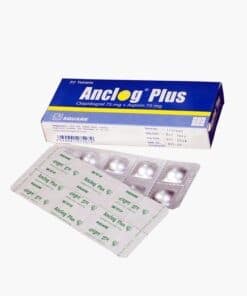
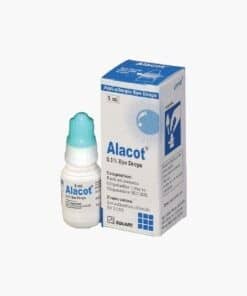


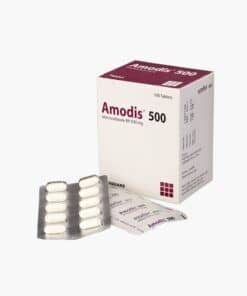
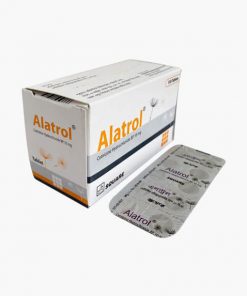
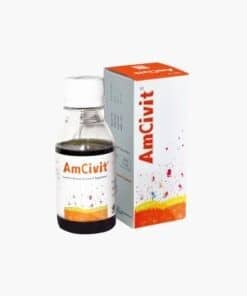
Reviews
There are no reviews yet.